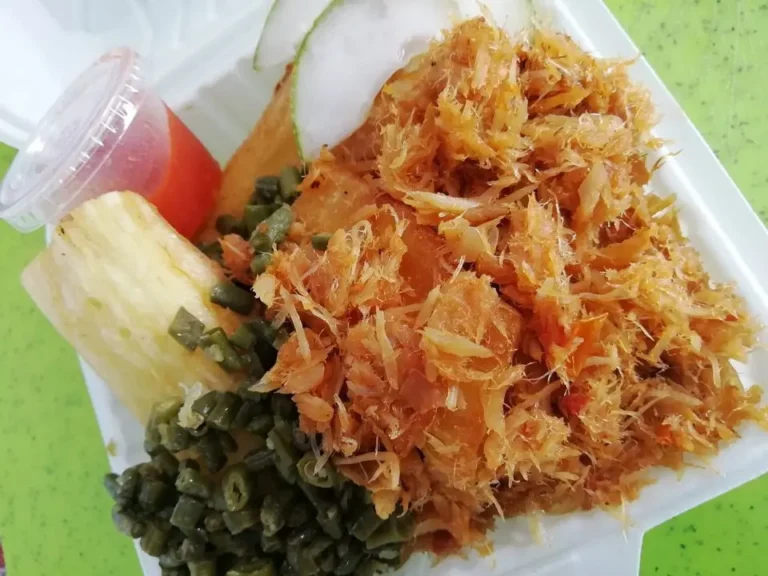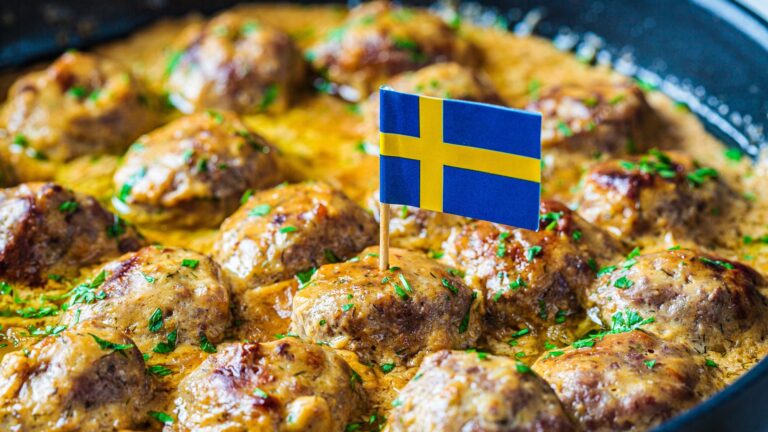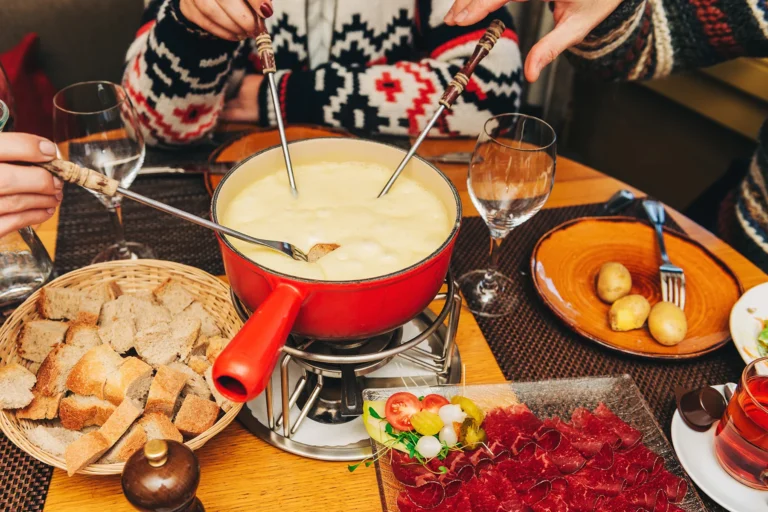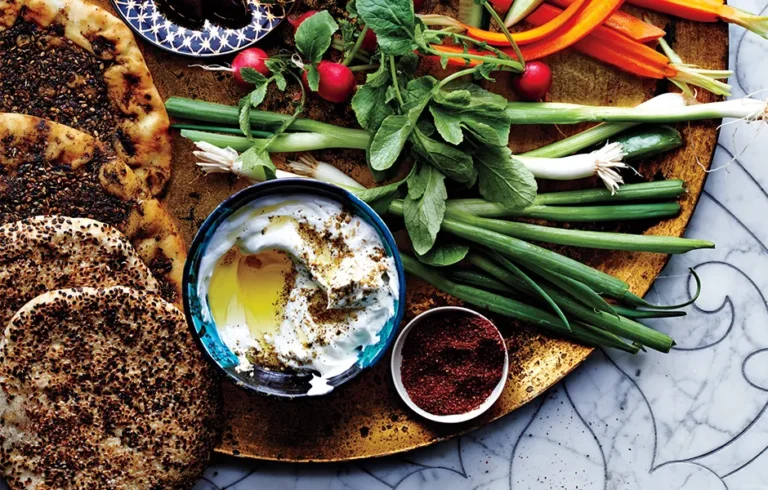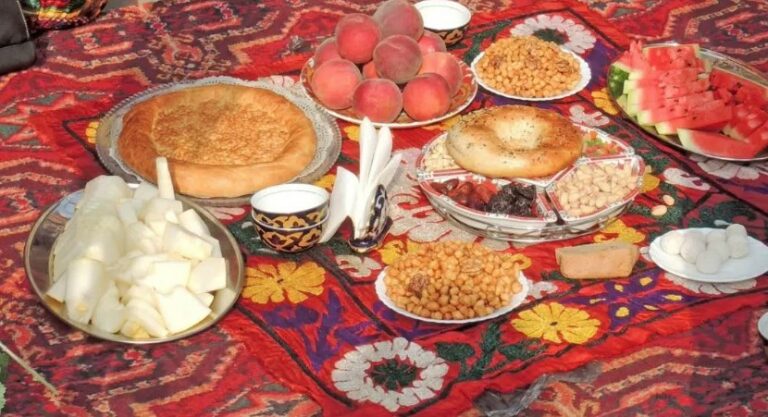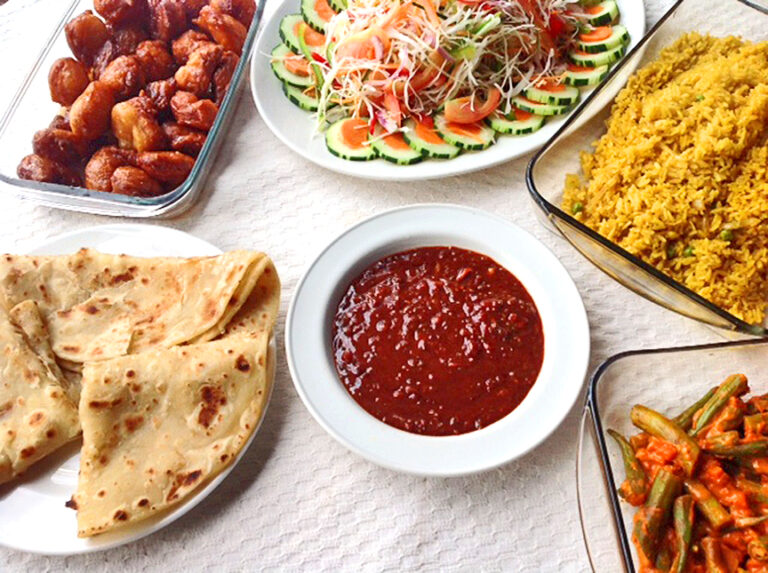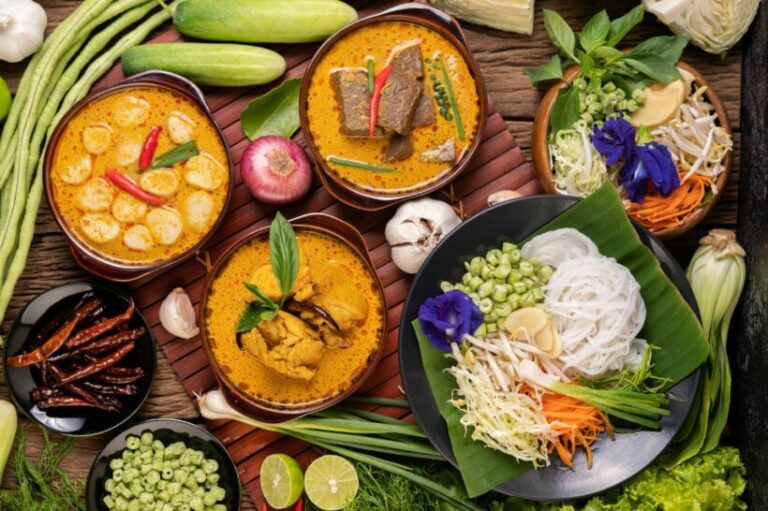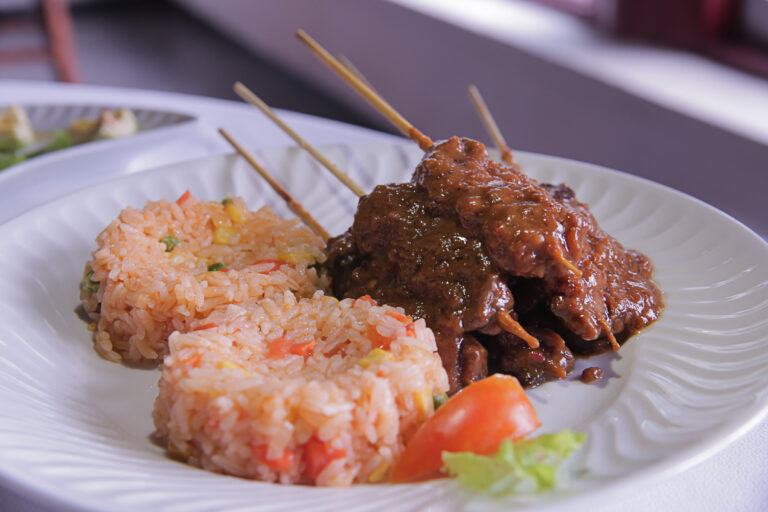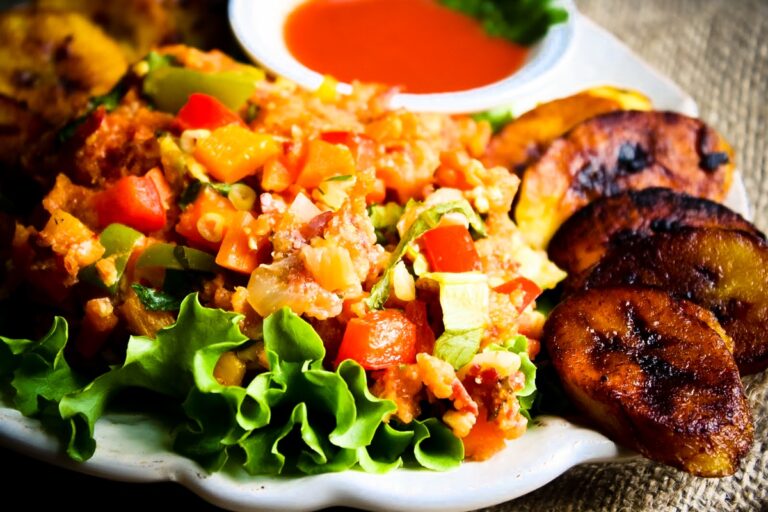Introduction: The culinary culture of Suriname
Suriname is a small country located in South America, nestled between Guyana, French Guiana, and Brazil. Suriname is known for its beautiful landscapes, diverse culture, and mainly its flavorful cuisine. Surinamese cuisine is a reflection of the country’s diverse population, with influences from African, Indonesian, Indian, Chinese, Dutch, and indigenous cuisines.
Suriname’s cuisine is a combination of spices, herbs, and fresh ingredients that create a unique and exotic taste. Surinamese dishes are a fusion of various cuisines, making it challenging to distinguish which dishes are unique to Suriname. However, Suriname’s cuisine is known for its flavorful dishes that have a combination of sweet, sour, and spicy flavors.
Influences from the Surinamese cuisine
Surinamese cuisine has its roots in the slave trade that brought Africans to Suriname, where they mixed with the indigenous population. The arrival of indentured workers from Asia brought new ingredients and cooking techniques to Suriname. However, the Dutch colonial period had a significant impact on the country’s cuisine. The Dutch introduced new spices, vegetables, and cooking techniques, which are still used in Surinamese cuisine today.
Indian and Chinese influences are also evident in Surinamese cuisine. The use of spices such as cumin, turmeric, and coriander, and cooking techniques such as stir-frying, are prevalent in Surinamese cuisine.
The traditional Surinamese dishes
Suriname has several traditional dishes that are popular in the country. One of the most popular dishes is roti, a flatbread made with wheat flour and filled with curried vegetables and meat. Another popular dish is pom, a casserole made with chicken and cassava root. Other traditional dishes include moksi meti, a dish consisting of rice and mixed meats; and saoto soup, a chicken soup with noodles and vegetables.
Unique Surinamese dishes
While Suriname’s cuisine is influenced by various cuisines, there are several dishes unique to Suriname. One of these dishes is bara, a fried dough made with split peas, onion, and garlic. Another unique dish is gado-gado, a salad made with boiled vegetables and a peanut sauce. Suriname’s cuisine also features a unique dessert, called doksa, a sweetened grated coconut mixed with cinnamon and nutmeg.
The significance of Surinamese cuisine
Suriname’s cuisine reflects the country’s diverse population and cultural heritage. Surinamese cuisine is an essential part of the country’s identity, and it has become a way to preserve the culture and traditions of the country. Surinamese cuisine is also an excellent way to introduce the country’s culture to the rest of the world.
Conclusion: The cultural richness of Suriname
Suriname’s cuisine is a reflection of the country’s diverse population and cultural heritage. Surinamese cuisine has influences from various cuisines, making it difficult to distinguish which dishes are unique to Suriname. However, Suriname’s cuisine is known for its flavorful dishes that have a combination of sweet, sour, and spicy flavors. Surinamese cuisine has become a way to preserve the culture and traditions of the country and introduce it to the rest of the world.

